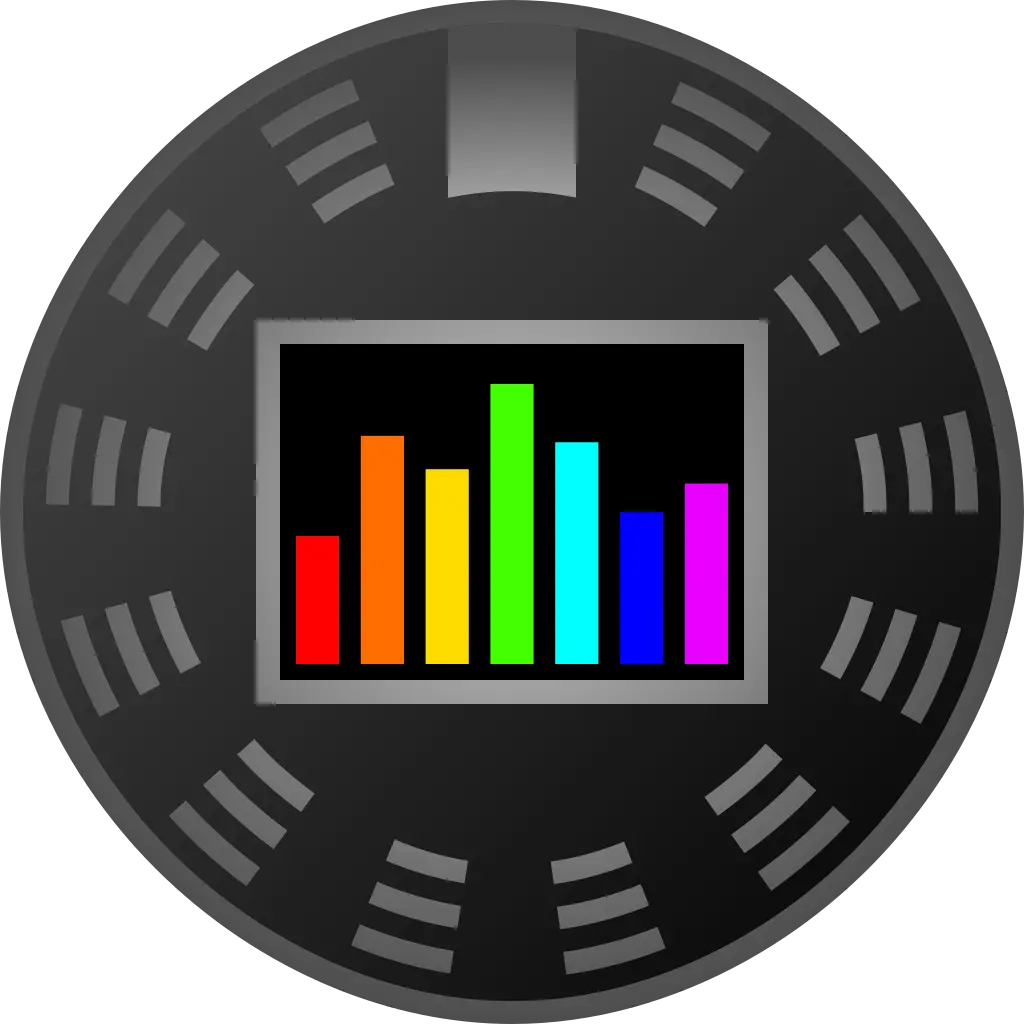

That is really unfortunate. Hopefully Clap will begin to take off, then.


That is really unfortunate. Hopefully Clap will begin to take off, then.


Thanks for the response, although I was curious about the technical side.
But yes, if the userbase isn’t there and the cost is prohibitive then plugin devs will likely just support windows and mac.


Thanks for bringing up lsp plugins. I used to use meldaproduction with yabridge, but it’s probably a better idea to use something native. I’ll have to check lsp out
Edit: While doing some digging, I found this resource: https://kx.studio/Repositories:Plugins I’m mostly interested in the Calf and LSP Plugins, but there’s some other interesting ones in that list too.


As others mentioned in this thread, yabridge running in a native Linux DAW is a great setup. I personally use Reaper with yabridge, Serum, and a few other vsts here and there.
For others who are more knowledgeable than me: is there any reason (engineering-wise) why these plugins are made for Windows? Are there not cross platform and open source frameworks that let you compile audio plugins for Windows + Mac + Linux with minimal effort?
I genuinely don’t know anything about audio programming, I’m just curious.


deleted by creator


Alright, I’ll check them out. Thanks for the recommendations!


I forgot where I heard that tip about finding samples separately, but once I started doing that I never went back.
TIL about the term, crate-digging. I guess that’s what I tried doing fairly recently when I visited a Goodwill for CDs. That said, I didn’t buy any CDs when I felt it would take too long to find something useful.
samplette seems like a good resource for this style of sampling, thanks for sharing.
That reminds me, have you listened to the album Endtroducing… by DJ Shadow? Pretty much the entire album is composed of samples through crate-digging.


How I find samples:
Usually I just watch movies/tv shows/ play video games and if it sounds cool I just sample it:
If you want something that’s royalty-free:
Where to use them:
Honestly still experimenting myself.
It helps to have your samples organized, so that you can just search your harddrive for “vocal” or “drum loop” and quickly find what you want.
Edit: One more thing: I usually consider “finding samples + synth presets” to be a separate exercise from making music. So I’ll allocate about an hour a week to just finding cool sounds and organizing them for later. The point is, I do not do this while actually making music; in theory the sounds should all be ready for me by that point.
A couple years ago I spent a few hundred on various audio plugins for music production. I also spent a few hundred on a DAW with all plugins. I was hooked by the flashy marketing and celebrity shilling, especially when I was stuck producing on the Corporate OS.
There’s plenty of FOSS plugins (including ones built into your DAW) that are at least as good as what Izotope and Native Instruments are selling for 100’s of dollars. Furthermore, they don’t have invasive DRM and don’t try to sell you features you don’t need.
If you are a Linux music producer (or are interested in becoming one), I recommend this video: https://www.youtube.com/watch?v=IaDoRa5n8nQ